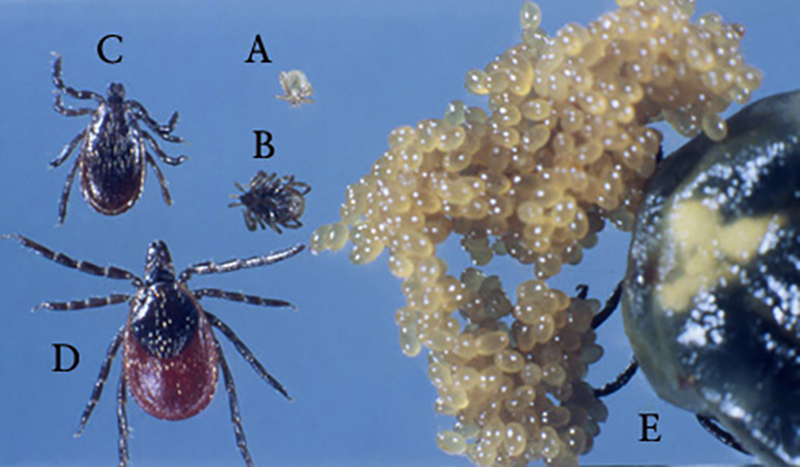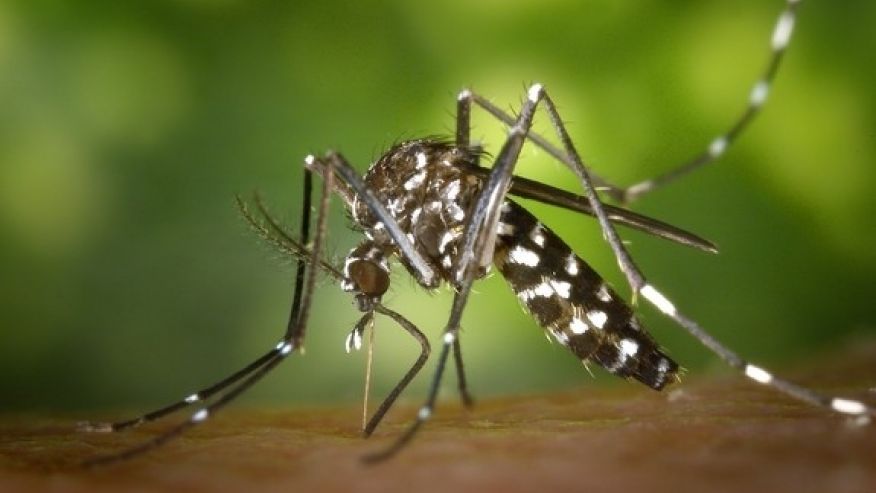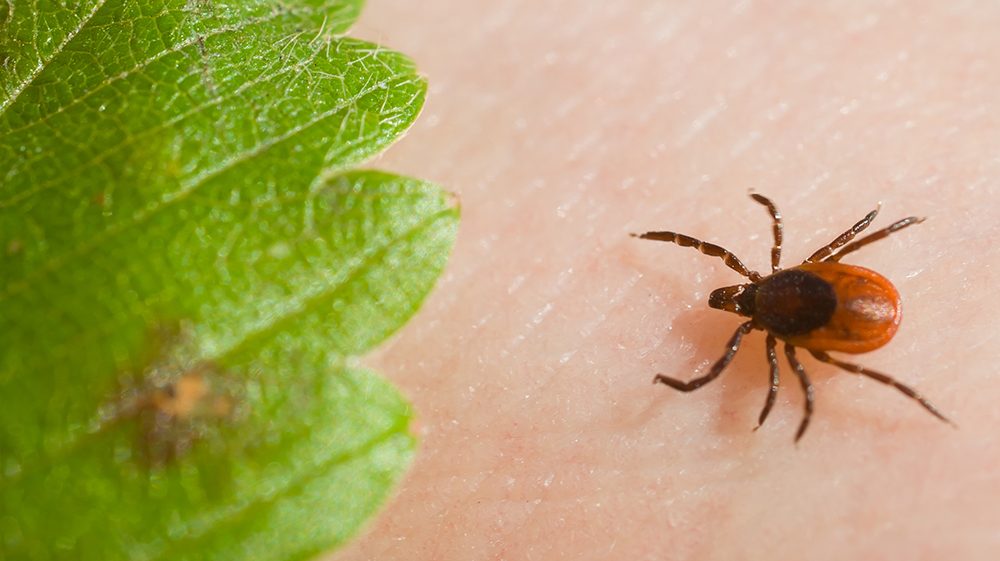Study demonstrates further evidence larval ticks may be a threat to humans
In the Netherlands, a significant number of patients with Lyme borreliosis do not recall being bitten by a tick. It is estimated that 1.1 million people in the Netherlands are bitten by one or more ticks annually and that larvae are responsible for 1.3% to 4.2% of those tick bites. The authors of a new study suggest that patients who do not report seeing a tick bite may acquire Lyme borreliosis instead from the bite of a larval tick, given that it is minute in size, easy to overlook and has now been shown to transmit the disease.
Different response by CDC to spread of Zika virus vs. Lyme disease-carrying ticks
The spread of both vector-borne diseases and the organisms that transmit them has been making international headlines. The mosquito-borne Zika virus continues to spread throughout the Americas, raising worldwide alarm. In the United States, reports indicate black-legged ticks, which can transmit Lyme disease, are rapidly expanding into new geographic regions of the country.
Cognitive issues following a stroke due to Lyme disease
A recent study examined the relationship between infectious agents and their impact on cognitive decline in older individuals. The authors concluded that exposure to certain viruses would, in fact, result in cognitive deterioration. Clinicians treating Lyme disease patients have expressed concern about cognitive problems developing from an infection with the Borrelia spirochete, as well. Numerous studies have documented cognitive issues in Lyme disease patients years after treatment.
Limits on antibiotics for Lyme disease leave doctors in Limbo
Physicians have long been advised to stick to a fixed treatment duration when prescribing antibiotics for Lyme disease. But a growing number of clinicians are finding that patients remain sick or experience a new onset of symptoms once treatment ends. Current guidelines recommend a 14- to 28-day course of antibiotics. Yet at least one-third of their patients remain ill years after treatment. [1,2] In turn, clinicians are left in limbo. How do they get their patients better?
Patients should be warned of Lyme disease complications, including Lyme encephalopathy
It came as a surprise to read that physicians at a Lyme disease clinic, located in an endemic region of New York State, have reportedly never seen a patient with Lyme encephalopathy and question whether it exists. The Lyme Disease Diagnostic Center is a walk-in diagnostic, treatment and research facility for adults 18 years and older suspected of having a tick-borne illness. It has been in business for 27 years and is situated in an area where the number of cases of Lyme disease is steadily rising.
2015 – Google searches on Lyme disease jump to their highest level
2015 was a good year for Lyme disease awareness, according to Google Trends data. From Hollywood movie sets to European high society, individuals struck down by Lyme disease were coming out and sharing their frustrations. In turn, the illness captured the public's attention. Not just in the United States, but globally. In several countries, Internet searches on Lyme disease skyrocketed in 2015 compared to previous years.
Survey finds most Connecticut residents are unaware of Babesia and Anaplasmosis
Babesiosis, a malaria-like illness caused by microscopic parasites, has been identified by the CDC as an emerging health threat in the United States. A newly released survey of Connecticut residents finds that, surprisingly, few individuals living in the Lyme-endemic southwestern region of the state, are aware of Babesia. And, even fewer are familiar with Anaplasmosis.
Time to designate Lyme disease as a pandemic?
The number of residents in Connecticut who have a history of a tick-borne illness is overwhelming. According to a 2014 survey, published in Ticks and Tick-borne Diseases, 30% of the residents sampled had received treatment for a tick-transmitted illness, while 50% reported another family member having had a tick-borne disease. [1]
25th anniversary of first study describing chronic neurologic Lyme disease
Twenty-five years ago, researchers acknowledged the existence of chronic illness due to Lyme disease with a landmark study that described chronic neurologic manifestations of the disease. The 1990 study would profoundly impact the future course of research and treatment. Once believed to be caused by an acute, self-limited infection, Lyme disease was beginning to be viewed as a more potentially damaging and debilitating illness.
Top Lyme and tick-borne disease stories of 2015
Some of the top stories on Lyme and tick-borne diseases for 2015 included a list of celebrities and wealthy businessmen stepping out publicly to share their own personal struggles with the illness. Such openness has generated global awareness about the devastating impact Lyme disease can have on any individual, regardless of your social status or income level.












